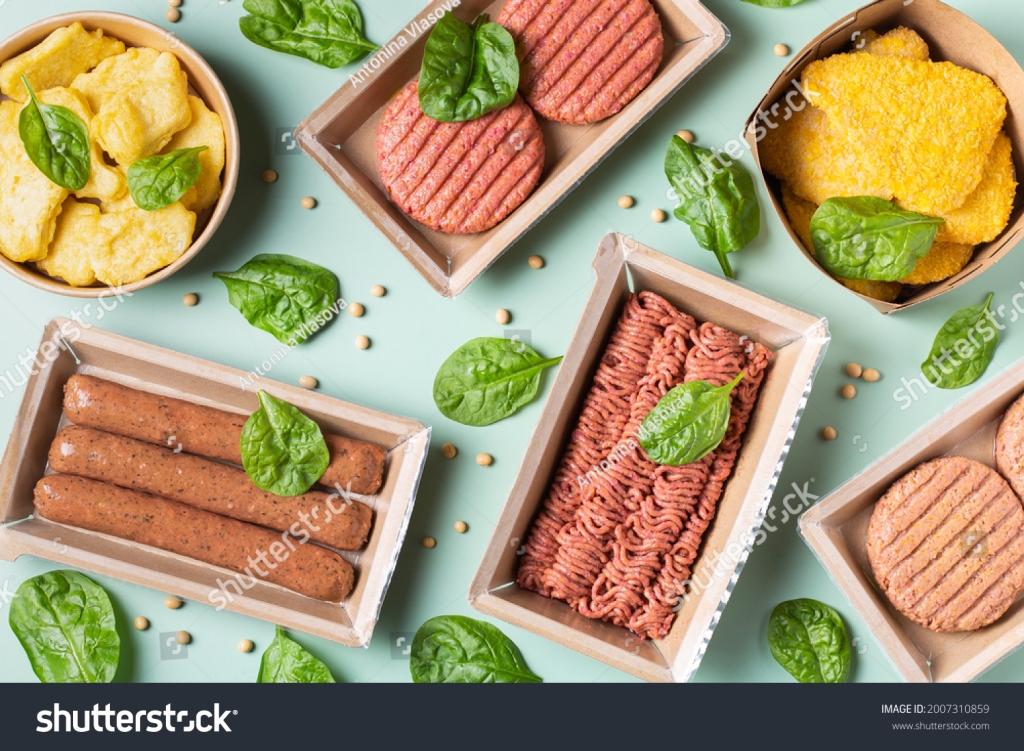Texture and its importance

Image credit: Shutterstock by Antonina Vlasova
Plant-based, and cultivated meat versus meat texture
I recommend reading about flavor in my previous article, as it adds to what I will discuss today.
My main focus for this blog is comparing textures. Each product has a unique characteristic that can be measured with sensory instruments. The measurements provide hardness, elasticity, and cohesiveness results. In turn, the tests help find the maximum texture needed to provide customer satisfaction with plant-based products, and cultivated meat. Also, this helps differentiate meat from other alternatives.
Some examples of plant-based products include soy ingredients, such as tempeh, tofu, and vegetable meat analogs—like soy proteins, mycoprotein and soy leghemoglobin. As we all know, these are protein substitutes to replace traditional meats in vegan and vegetarian diets. Other ingredients are added to provide similar texture as meat. They include soy protein texturizers—soy protein isolate—and agar gels, derived from algae.
Cultivated meat, on the other hand, is a new area in the food manufacturing industry that needs further research. Let’s start by looking at traditional meat to see how it compares to other alternative proteins.
Continue reading
